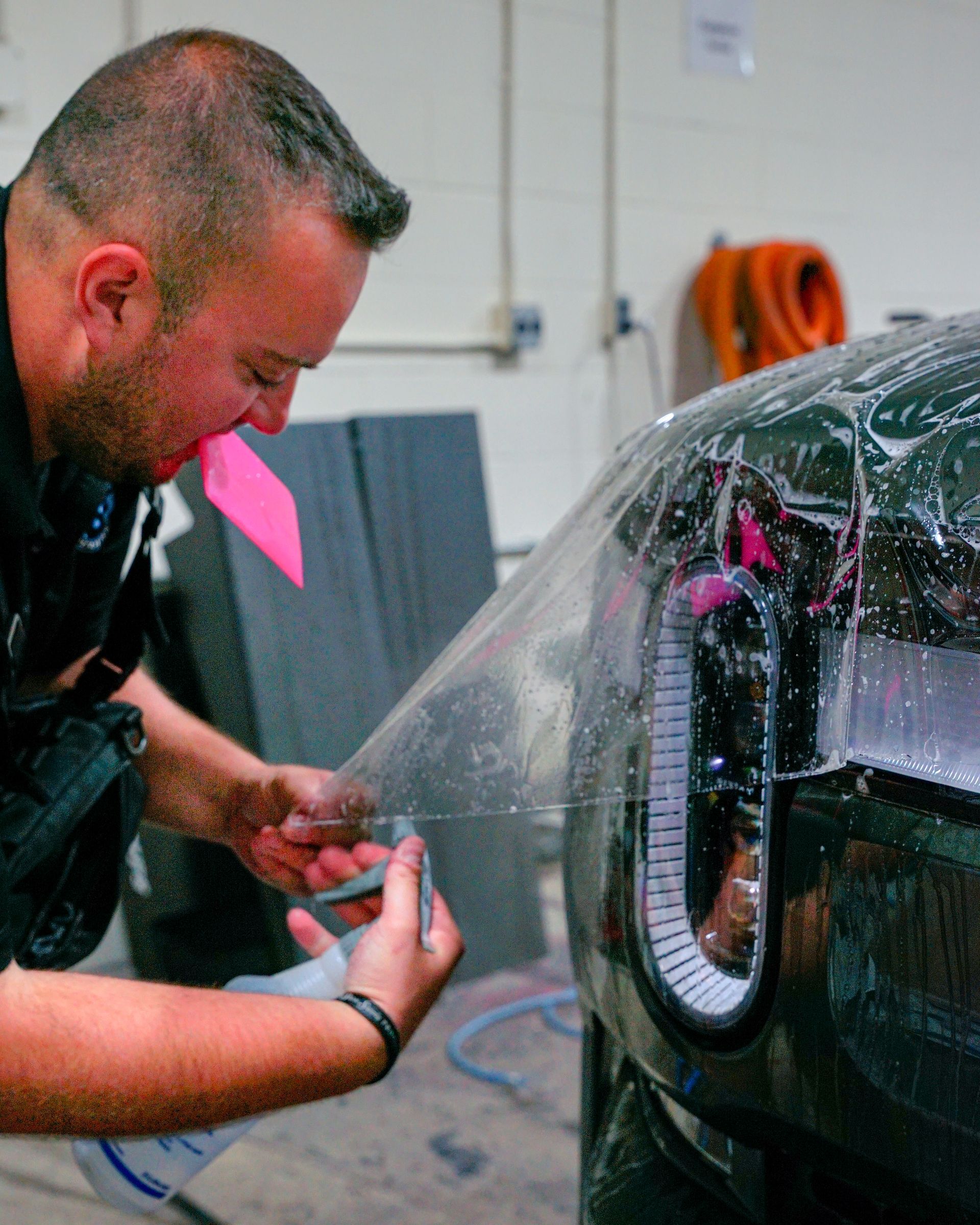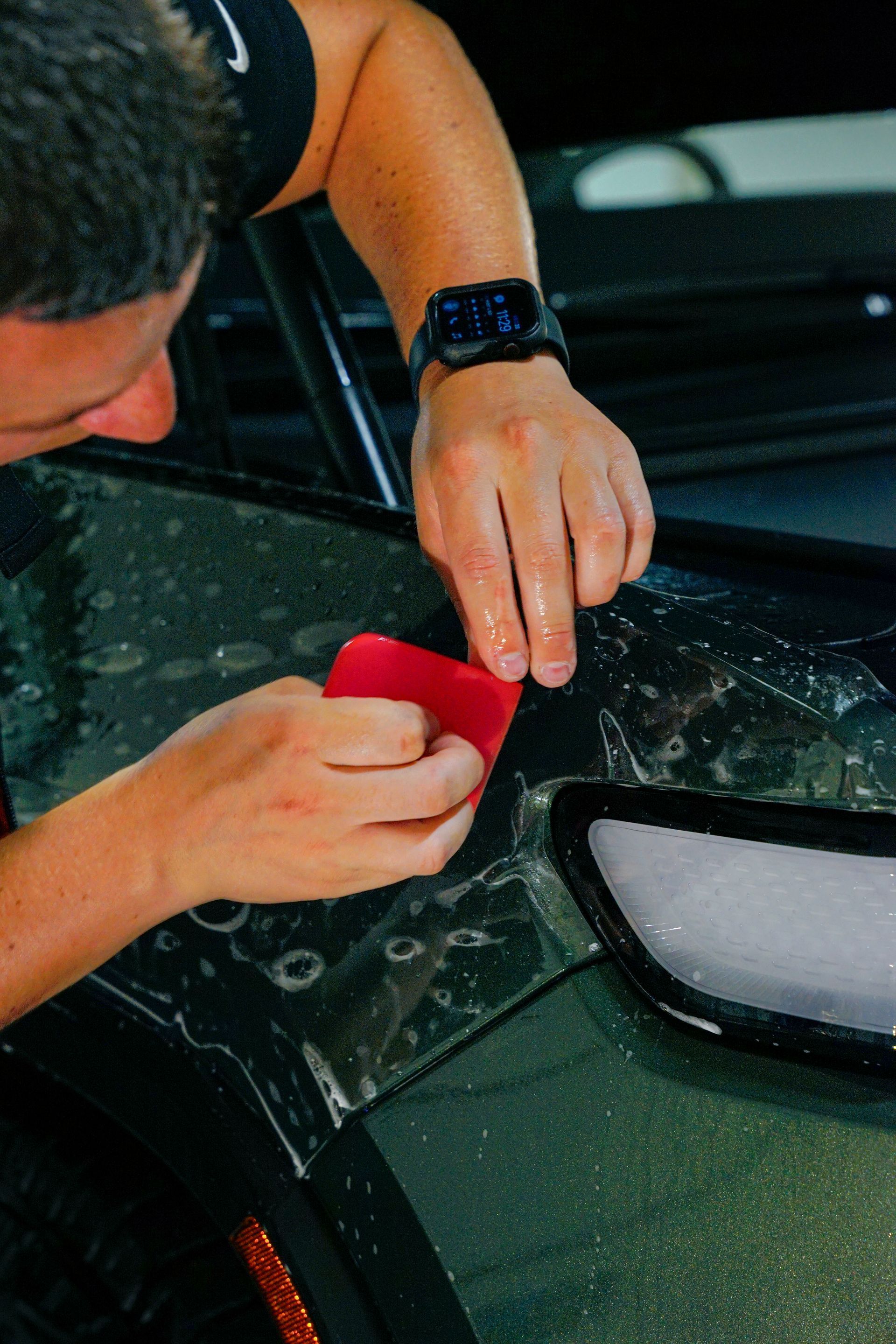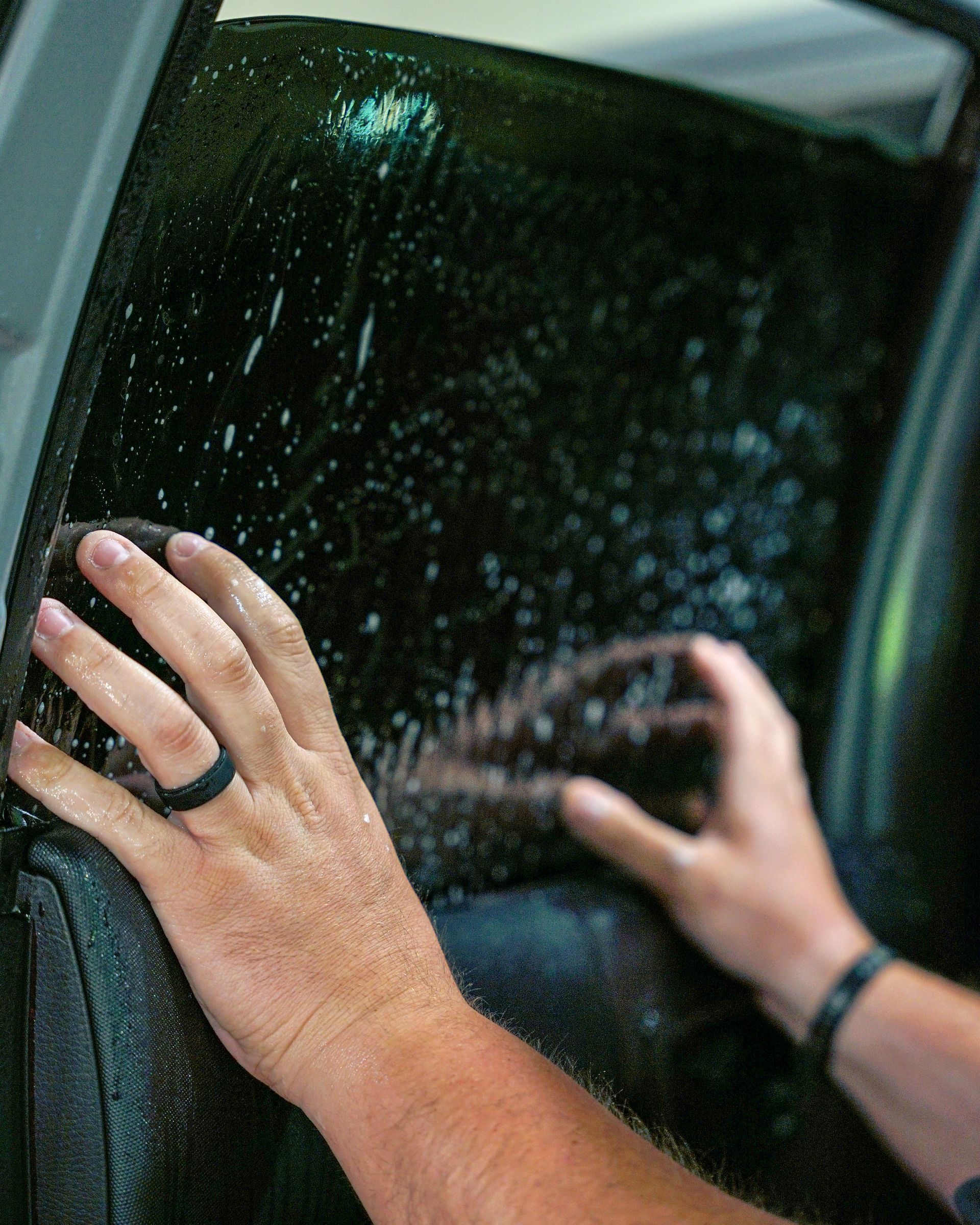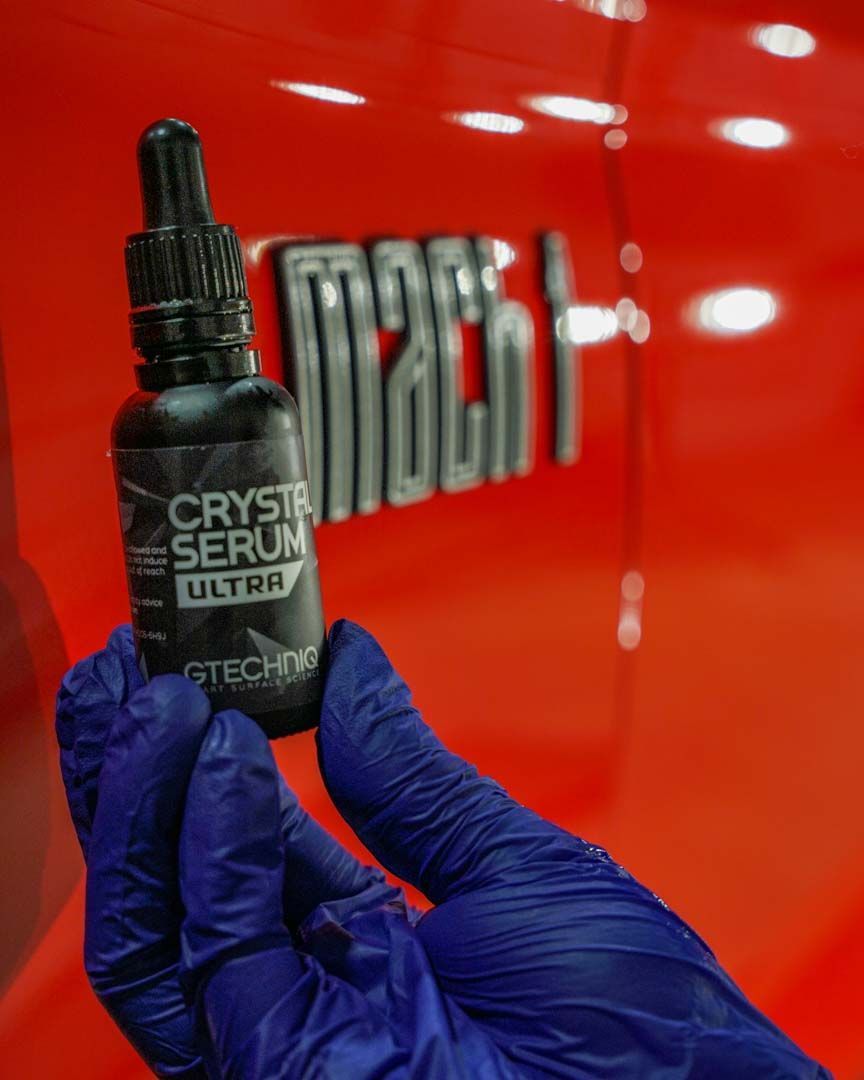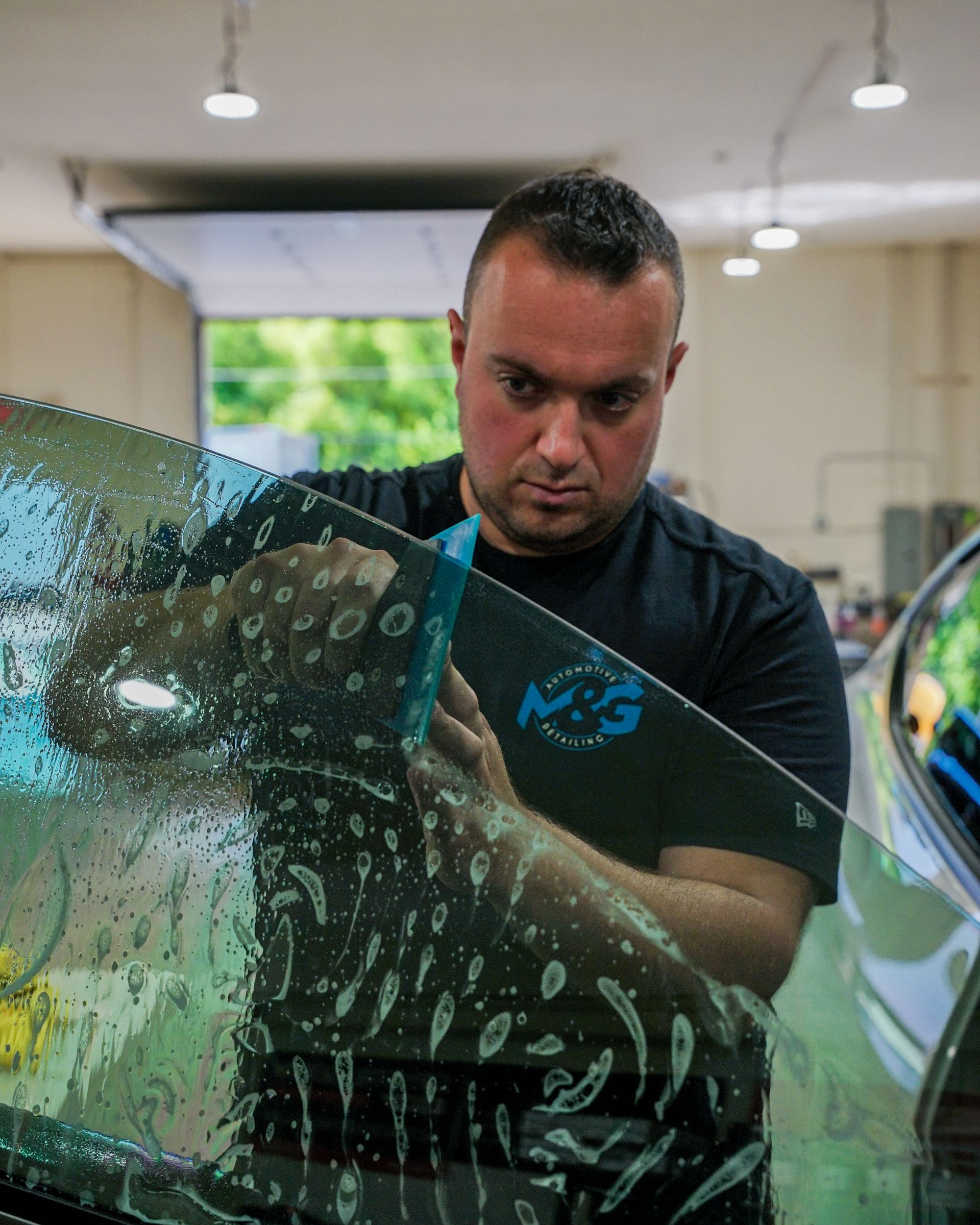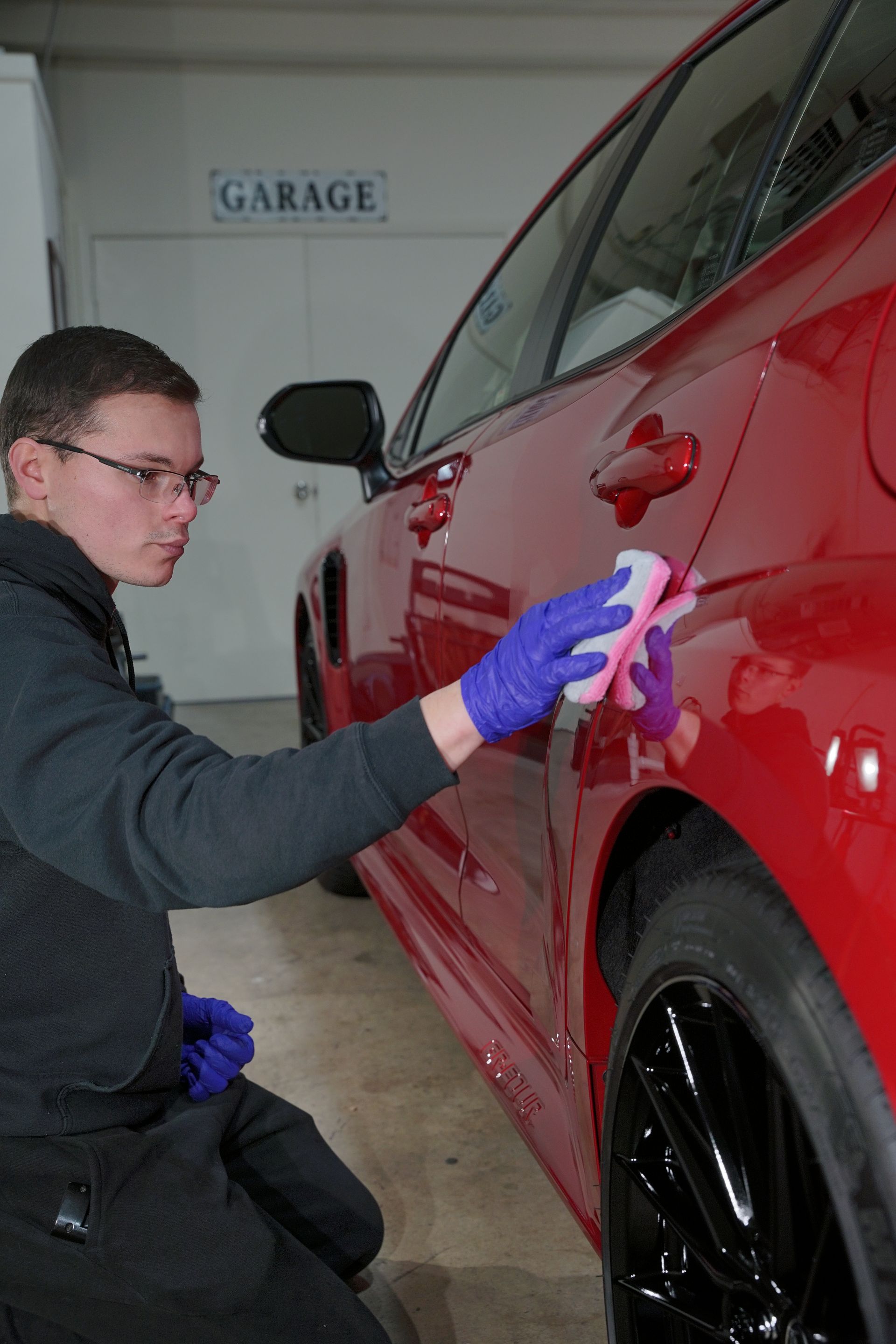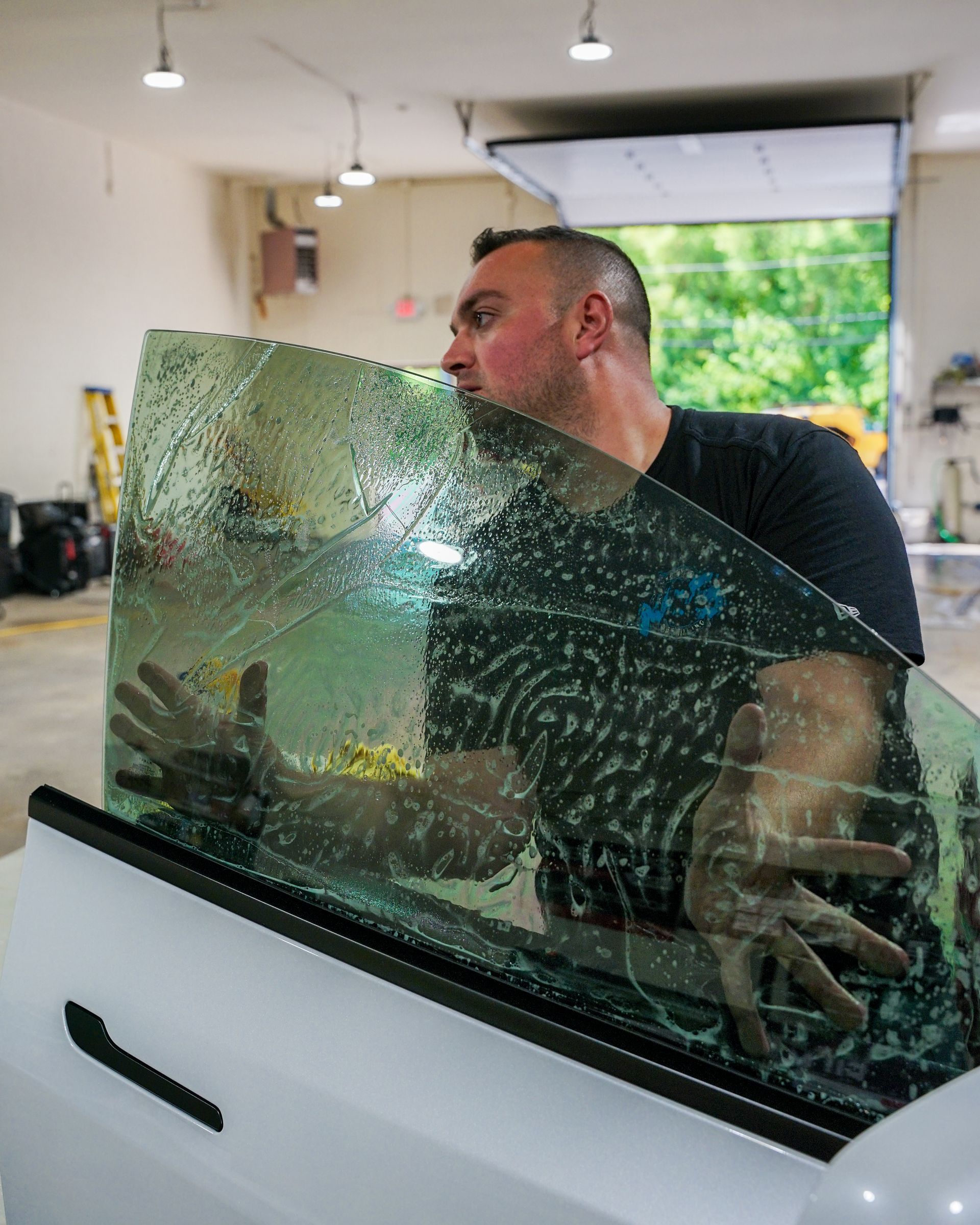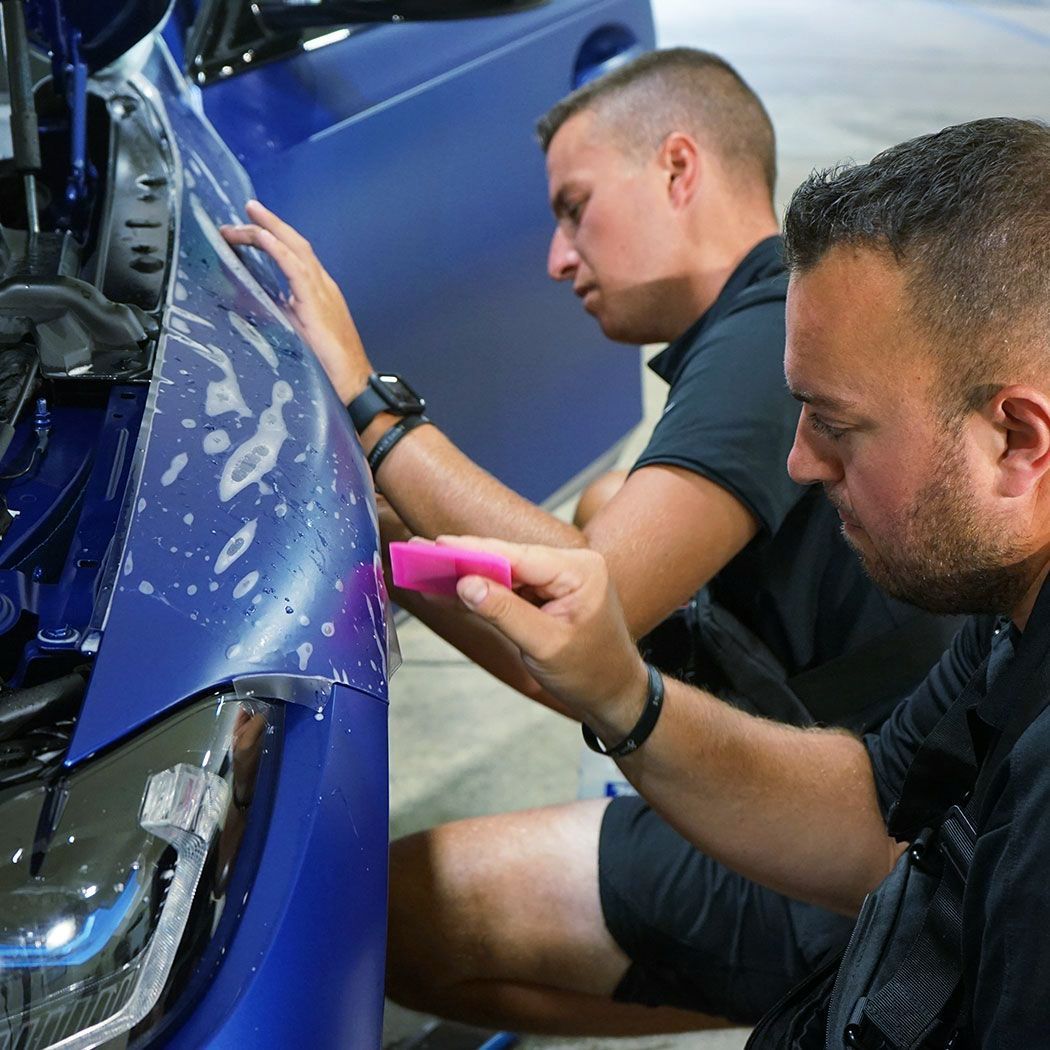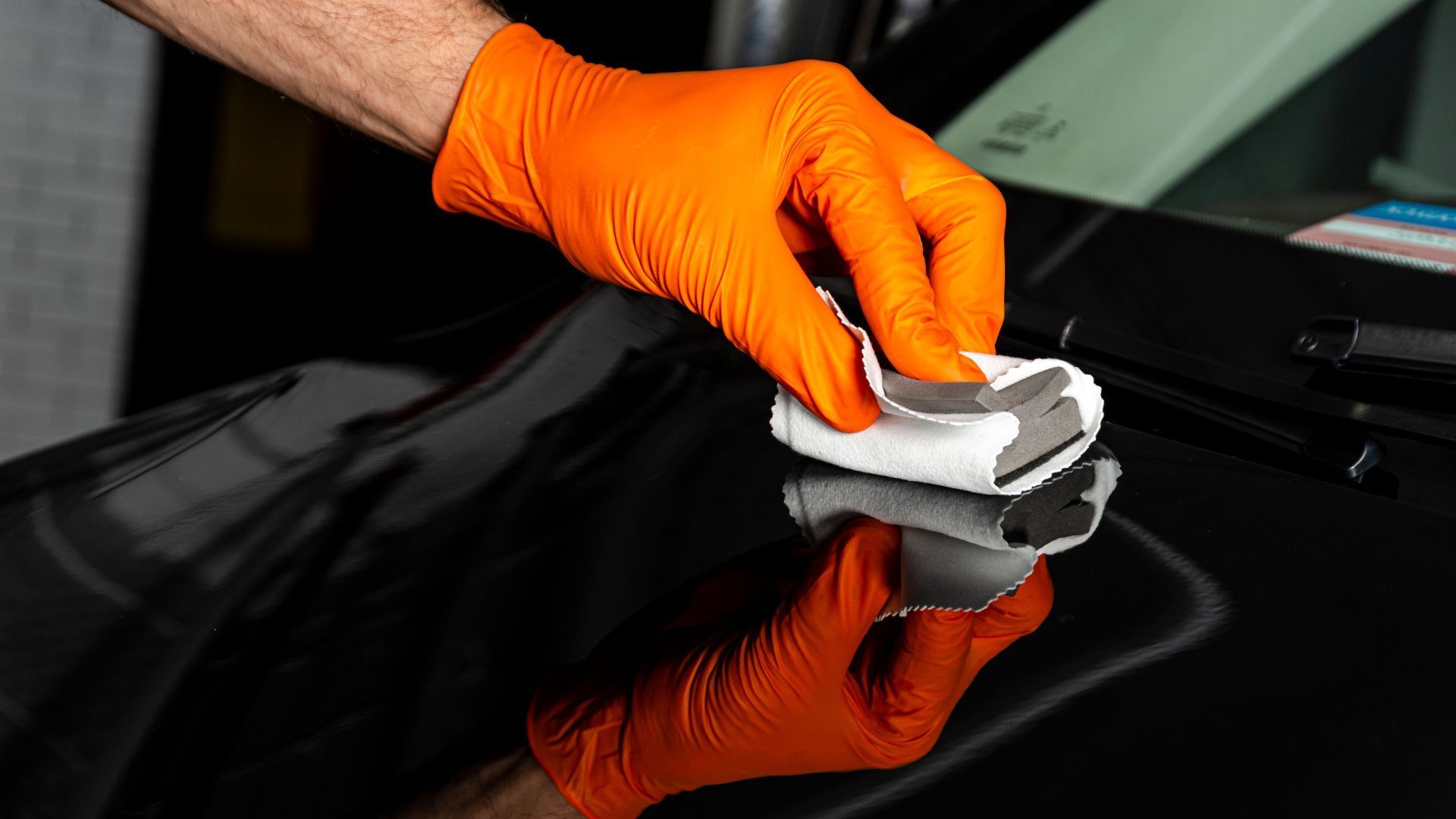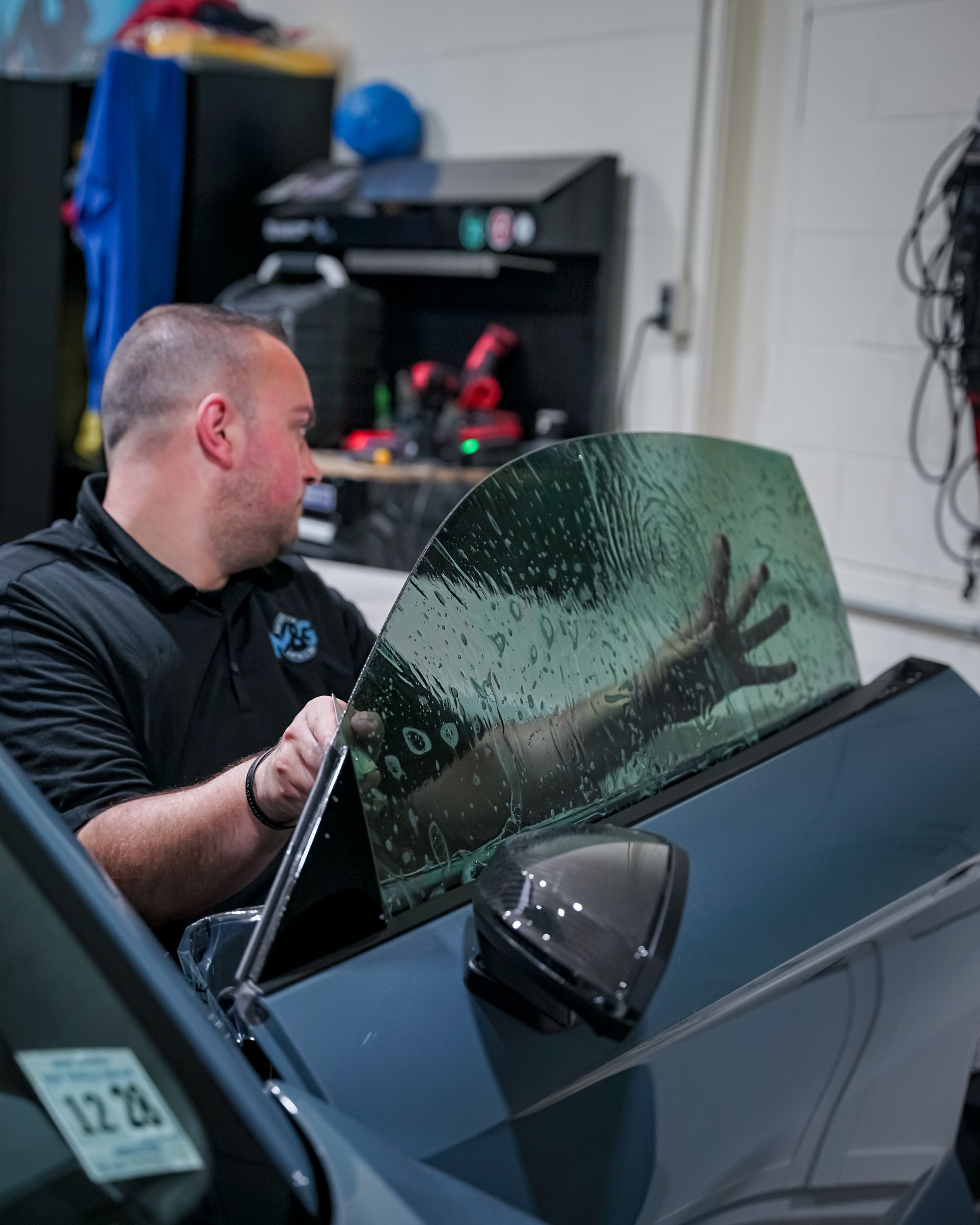How to Recognize Common Signs of Wear and Tear on Paint Protection Film: Essential Car Care Tips
As a dedicated car enthusiast, you know all too well the sinking feeling of spotting an imperfection on your vehicle's delicate paintwork. That once-flawless shine protected by paint protection film can all too easily fall prey to invisible threats, turning your pride and joy into a source of mounting anxiety. UV rays gradually break down this crucial barrier, while the smallest road debris leaves tiny but impactful scratches, not to mention the brutal effect of harsh cleaning chemicals. Recognizing these subtle signs early on shields your investment from more substantial harm down the line.
Common signs of wear and tear on paint protection film include visible scratches, bubbles, discoloration, or cracks. It's essential to assess the effectiveness of the film by checking for reduced UV protection, loss of hydrophobic properties, and weakened adhesion. If in doubt, seek professional evaluation methods such as using a depth gauge to measure thickness or UV lamps to detect damage.
Main Causes of PPF Wear and Tear
Have you ever wondered why your paint protection film isn't as effective as it used to be? Well, there are several compelling factors at play here. Let's talk about the big four contributors to the demise of paint protection film.
- Exposure to UV Rays: When you take your car out for a spin, it's exposed to the sun, which emits ultraviolet (UV) rays. These rays can break down the protective layer in your paint protection film, causing it to become more fragile and susceptible to damage.
- Physical Abrasion: The very nature of driving exposes your car to constant danger—a hailstorm of gravel, road debris, and even daring forays through automated car washes. This poses a direct threat to your paint protection film—scuffs and scrapes from road debris and harsh brushes in automated car washes can compromise its defense against further damage.
- Chemical Exposure: In addition to enduring the elements during its time outdoors, your paint protection film has to grapple with chemical ambushes in the form of acidic bird droppings, tree sap, and cleaning chemicals not intended for use on such sensitive materials. The onslaught of these chemicals can erode the protective qualities of the film, leaving it vulnerable to damage from external factors.
- Aging: Even the most resilient materials have a finite lifespan—typically around 5–10 years for paint protection film—after which they start showing signs of wear and tear.
By understanding these influential factors, you can better comprehend how normal wear and tear occur on paint protection film, paving the way for informed decisions regarding replacement intervals and areas for prioritized maintenance efforts.
Environmental and Chemical Factors
Your car's paint protection film is constantly facing a barrage of environmental and chemical factors that can degrade its protective qualities. Let's break down how different elements in our environment can lead to damage:
Acid Rain
Acid rain, though sounding like a concept from a science fiction movie, poses a real environmental threat. Its acidic content can harm your paint protection film by slowly eroding the film over time, diminishing its protective properties and compromising its ability to shield your car's paint from damage. In areas with higher levels of air pollution, the risk of acid rain becomes more significant, making it especially important to keep an eye on your paint protection film's condition and consider more frequent inspections and maintenance if you live in such areas.
Salt from Roadways
During the winter months, road salt is widely used to melt ice and snow on roadways, but it can also be a common culprit for causing wear on your paint protection film. In snowy and icy conditions, the salt used on roads can seep under the edges of the paint protection film and cause corrosion. This is particularly concerning for vehicles in regions with heavy snowfall or coastal areas where saltwater spray from the ocean can also impact the exterior of the car. Regular cleaning and proactive inspection are key to mitigating the negative effects of road salt, ensuring that any salt deposits are removed promptly before they have a chance to corrode or damage the film.
Industrial Pollutants
Chemicals emitted by factories and vehicular emissions are part of urban environments. These pollutants present in urban air can embed themselves into the paint protection film, leading to discoloration and deterioration over time. The microscopic particles in these pollutants can latch onto the surface of the film, compromising its transparency and protective capabilities. Living or driving in urban areas increases the exposure to industrial pollutants, which means that cars may require more frequent cleanings and maintenance to preserve the integrity of the paint protection film.
Insect Residue
When embarking on long drives, especially during warmer months, cars often become adorned with insect residue after a journey. While this might seem like a negligible inconvenience, the acidic compounds found in bug splatter can etch into the surface of your paint protection film, leaving marks and reducing the clarity of the film over time. To prevent insect residue from damaging your paint protection film, promptly removing bug splatter and thoroughly cleaning affected areas is vital for maintaining the aesthetic appeal and protective qualities of the film.
These environmental and chemical factors are persistent threats to your paint protection film but being aware of how they impact it allows you to take proactive measures to protect your car's exterior.
Identifying Scratches, Spots, and Unsealed Edges
Scratches and scuff marks on your car's paint protection film are akin to finding a scratch on your smartphone screen; it’s tough to bear! Not only do these blemishes affect the visual appeal of your car, but they can also compromise the film's effectiveness in protecting against wear and tear. Visible scratches that persist even after washing or polishing are clear signs of permanent damage to the paint protection film.
Scuff marks, although less conspicuous than scratches, can still pose a threat. Think of scuff marks as the tiny rips in your clothes that may seem insignificant at first but can quickly lead to larger tears over time. While these marks may not be instantly noticeable, they can also weaken the protective properties of the film. Imagine if you were wearing a protective suit, one designed to keep you safe from harm. If that suit got scratched or scuffed, it wouldn’t be as effective anymore, right? The same goes for your car’s paint protection film.
Now, when it comes to spots and stains, it's not just about appearances. Brown or black spots indicate that harmful substances have been absorbed by the film. Much like a stain on a favorite shirt that just won't come out, these spots can indicate that your paint protection film has absorbed potentially damaging materials like road tar, bird droppings, or sap, putting your car's finish at risk. Just like how you wouldn't ignore a suspicious spot on your skin in case it turns into something more serious, similarly, spotting and promptly addressing these marks before they cause long-term damage will keep your car looking pristine.
Lastly, let's talk about unsealed edges. These might sound innocuous but can be quite problematic. Edges that are lifting or peeling can allow contaminants to get beneath the film, leading to further damage. It's almost like an open wound on your skin; when something gets under the film through unsealed edges, it can deteriorate the integrity of the protection provided. If left unaddressed, these unsealed edges can worsen over time, causing the film to gradually detach from the surface of the car, which will significantly reduce its protective capabilities. Think of unsealed edges as like leaving a window open during a storm—it might lead to more damage inside than you initially expected.
In all cases, taking a moment every at least once every month for a visual and tactile inspection can help reveal any issues with your paint protection film. By running your hand over the film surface, you can detect any uneven textures or changes that may indicate areas of deterioration or lack of adhesion. Remember that prevention is always better than cure!
Chalking, Clouding, and Other Damage Indicators
When it comes to the wear and tear of paint protection film, there are specific indicators to look out for. Let's start with chalking. If you see a white, powdery residue on the film's surface, this indicates UV degradation. It's almost like when chalk dusts your hands after using it on a blackboard—a clear sign that the paint protection film is breaking down and might not be giving your car the best protection anymore. Next, we have clouding. Imagine your starting to look hazy or blotchy, as if a mysterious fog has settled on it. That cloudiness is either caused by moisture seeping under the paint protection film or by the protective properties breaking down. Both situations are bad news for your car's exterior because they signal that the PPF may not be able to do its job properly anymore.
Then there's yellowing. Discoloration, particularly in high-UV areas, is a big clue that your film has aged and its UV protection is compromised. You see this sometimes in old papers or books that have been sitting in the sun too long; the same thing is happening to your paint protection film. Finally, cracking and tearing are perhaps the most obvious damage indicators. When you spot visible cracks spread across the film or any tears, it's a glaring sign that your paint protection film has reached its limit. These flaws weaken the overall integrity of the film, leaving your vehicle susceptible to potential damage that defeats the purpose of having protection in place. These indicators serve as windows into the health and efficacy of your paint protection film, offering telltale signs for when it’s time to consider replacement. Regular examination can help you catch these problems early and maintain optimal protection for your vehicle's exterior.
Preventing and Repairing Film Damage
The key to maintaining your paint protection film in good condition is regular care and attention, preventing minor damage from turning into major problems. Here are some effective methods to help you extend the lifespan of your paint protection film and address any signs of wear and tear before they become extensive issues.
- Regular Cleaning Routine: It's important to wash your car regularly with products specifically designed for PPF. These products are formulated in a way that effectively cleans the film without compromising its protective properties. Regular cleaning helps remove dirt, grime, and other harmful substances that can degrade the film over time. Using a gentle touch during this process is crucial—avoid using abrasive materials or harsh scrubbing, as these can cause premature wear on the film. Instead, opt for a microfiber wash mitt or cloth, which is soft and non-abrasive—a method that not only preserves the integrity of the film but also achieves a thorough clean.
- Avoid Harsh Chemicals: When selecting cleaners for your paint protection film, it's essential to choose pH-neutral products. Harsh or acidic chemicals can damage the film, compromising its protective qualities and diminishing its lifespan. pH-neutral cleaners are specifically formulated to be gentle on the film while effectively removing contaminants. Before applying any cleaning solution, always test it on a small, inconspicuous area of the paint protection film to ensure compatibility and avoid potential damage. This simple precaution can save you from inadvertently using a product that may harm the film.
- Quick Spot Cleaning: Promptly addressing localized issues such as bird droppings, sap, and bug splatter is crucial for preventing etching—a chemical reaction that occurs when contaminants are left on the surface of the film for an extended period. Bird droppings and tree sap contain compounds that can corrode the protective layer of the paint protection film if left unattended. Using a gentle cleaner or a specialized spot cleaning solution designed for paint protection film, along with a soft microfiber cloth, helps remove these substances promptly without causing damage to the film.
By adhering to these preventative measures and employing effective repair methods when necessary, you can ensure that your paint protection film remains in optimal condition, providing long-lasting protection for your vehicle's paintwork while retaining its visual appeal.
Professional Assessment and Installation Tips
If you're considering paint protection film for the first time or aiming to replace your current one, obtaining a professional assessment is a wise step. It's important since a professional inspection can uncover underlying issues that might not be immediately visible to an untrained eye. Here's how you can make the most out of professional assessment and installation.
Seek Certified Professionals
Installing paint protection film isn't merely about sticking it on and hoping for the best; it requires skill and precision. Look for certified professionals with a proven track record of successful installations. Certification often signifies they've undergone specific training, ensuring they know how to properly handle and apply the film, thereby minimizing any chances of early wear and tear issues.
Warranty Coverage
When selecting a paint protection film, consider the warranty. Some warranties cover common issues that can arise with wear and tear over time, such as discoloration, peeling, and cracking. By opting for products with comprehensive warranties, you gain added peace of mind, knowing that potential issues are covered. Warranties play a crucial role in protecting your investment in paint protection film.
Post-Installation Care Guidelines
Once the paint protection film is successfully installed, it’s crucial to follow the guidelines provided by the installer to ensure its longevity. This may include waiting for a specific period before washing your car or using recommended products for maintenance. Your installer may advise on wait times before washing the car after installation. Following these instructions is essential, as premature washing can affect the adherence of the film, which might lead to peeling or lifting at the edges.
Following these professional tips and guidelines not only ensures an effective installation but also adds layers of protection against potential wear and tear issues down the road. Incorporating these measures will undoubtedly help safeguard your investment in paint protection film and prolong its effectiveness in safeguarding your vehicle's exterior.
Leading PPF Service in Cherry Hill, NJ
Guard your vehicle's exterior with M&G Automotive Detailing's leading paint protection film service provider in Cherry Hill, NJ. Our expert team applies top-quality paint protection films that defend against scratches, chips, and environmental damage, preserving your car's pristine appearance. With our attention to detail and premium materials, you can trust that your vehicle will maintain its sleek, flawless finish. Schedule your paint protection film installation today and enjoy lasting protection and enhanced peace of mind. Call us at (609) 923-3123 to get started!

